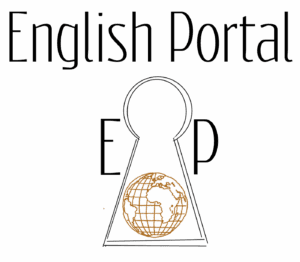Use Colons
No! Noo! Nooo! Punctuation! Punctuation in English is terrible and might give you a headache. Unfortunately, it is very important to learn, especially for academic or professional English. Let’s have a look at one type of punctuation that might seem very confusing for English language learners: how to use colons. That’s right, the punctuation before “the colon” in the previous sentence is…a colon. In reality, the colon is one type of punctuation in English that is quite simple. There are a few common situations, and after you learn them, it is not a difficult piece of punctuation to understand or use. The colon is also not the most commonly used punctuation in English, so let’s review it now, and then you can be aware of how to use colons as you read moving forward.
Why do we use a colon? Let’s find out:
Ok. The first use of a colon is for the reason the we just used in the line above. We use it when we are about to explain something or connect sentences.
Example:
There is one problem in California: there is always a danger of earthquakes.
Now, we don’t have to use a colon (:) here. We could use a period(.). We just need to understand that a colon is possible here, and that a colon tells the reader that there is an emphasis that the idea before the colon and the idea after the colon are strongly connected. Also, notice that in this case, both ideas are clauses that can be sentences by themselves.
Another use of the colon is for lists. Again, we don’t have to use a colon. In this case, we might be able to use a comma: To explain:
We need scissors, glue, pencils and paper.
(in this structure we only use commas)
There are three things that we need: scissors, glue, pencils and paper.
(in this structure we use a colon and then use commas)
Other times we use a colon when we are writing a formal letter or email. This is usually in a business or professional situation. We use the colon in the greeting, like this:
Dear Dr. Jones:
This letter is in response to…
Or
To Whom It May Concern:
I am writing…
The colon is also used to indicate that a person is speaking-
Shrek: I love you.
Fiona: I love you, too.
In addition, you can use a colon to introduce a quotation:
As Homer Simpson would say: “Doh!”
You will also see a colon used to introduce a smaller division of a main idea.
For example: Paris: When to Go
Or
AI: Danger or Friend?
Maybe the most common place to see a colon is with time.
It’s 12:00.
Or
It’s 7:30.
We hope this post has been helpful for understanding how to use colons in English. As always, watch for this punctuation and note examples when you are practicing reading in English. Punctuation isn’t so terrible when the rules become clear!

